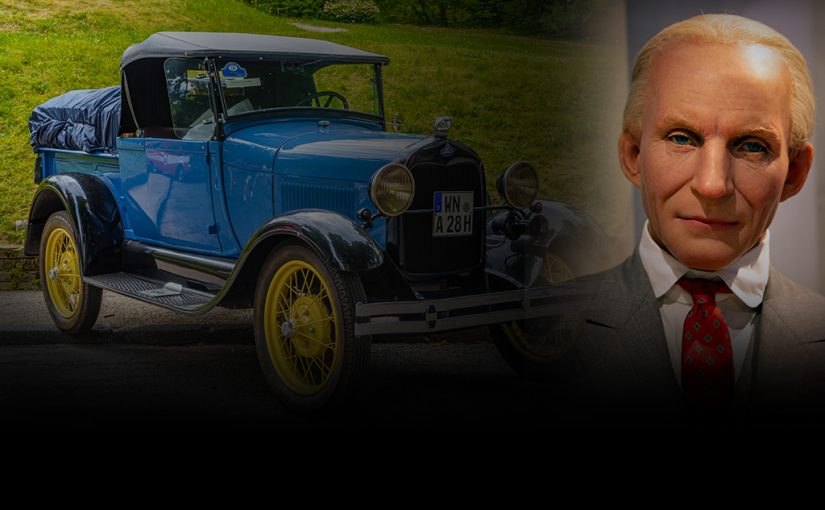Social media marketing has been a vital part of growing a successful business for some years now, but during the COVID-19 pandemic, this has taken on a whole new aspect. With many people isolated in their homes or practicing strict social distancing, Facebook, Twitter, Instagram, and other social media platforms have become their primary means of connecting to the outside world.
In this article, we are going to discuss:
- How and why social media use has impacted customer behavior during the pandemic.
- The kind of message that will encourage customers to engage via social media.
- How the current trends will continue to play out once the pandemic is over.
Social Media Use on the Rise
According to some statistics, the usage of Facebook and WhatsApp Messenger has more than doubled since the start of the crisis. These are startling numbers. Humans are social creatures; deprived of congregating face-to-face, they will connect by any means they have. The potential for business owners here is higher than ever, with such large numbers of prospective customers scrolling social media at every hour of the day.
Online Shopping Becomes More Popular

Many people who have been previously averse to online shopping were forced to open up to the idea with the outbreak of the pandemic and the closing of brick-and-mortar stores. Furthermore, with people confined to their homes and having many long hours to fill up, online shopping has become an increasingly popular outlet. Smart business owners can capitalize on this trend, advertising their products on social media to relevant segments of the population.
Thoughtful Advertising
While social media marketing can be immensely effective at these times, with an increasingly engaged, responsive audience, it is important to tailor the message to fit the situation. Ads that project an overwhelmingly ‘business as usual’ message may be seen as callous and insensitive. With the economic crisis accompanying the pandemic, many people are reluctant to spend on non-essentials, and wise business owners will take this into account, making sure their social media posts reflect the global mood.
People Want a Positive Message
At these times of crisis, people want more than the latest gadget or another item of clothing. They want to hear positive, reassuring messages, which is another way business owners can capitalize on social media use.
During the pandemic, many business pages and posts have emphasized pitching in for the common good, for example donating a small percentage of their sales to hospitals or making free food deliveries to people in need. Others have called for customers to purchase their product as a gift for loved ones, a virtual hug of sorts while meeting in person and physical contact are discouraged. This way, customers have a bigger incentive to buy and, perhaps even more importantly, share the business post with their own followers. ‘We’re all in this together’ is a highly motivating underlying message, one business owners will definitely want to incorporate into their social media posts at these times.
This time is a golden opportunity for business owners to connect with their potential customers on a more personal level, creating a community that will become immensely useful in the long term.
Will the Trends Continue?
While the pandemic will eventually come to an end and people’s lives will return to normal, the benefits of strong social media presence will continue to be overwhelming. Habits created during the pandemic are likely to mark a permanent change in consumer behavior. With more and more people discovering the convenience of online shopping, online counseling, and other remote alternatives to activities traditionally done in person, the importance of smart, consistent social media use for businesses will remain a constant.












